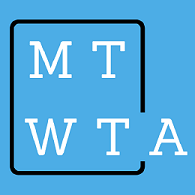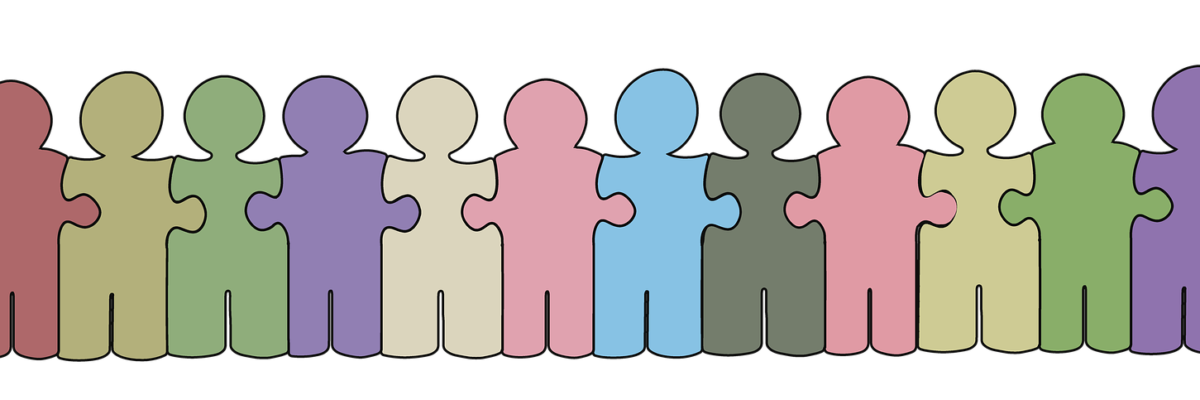Last night, the school board in my district voted to begin the 2020-21 school year with 100% virtual learning. I know this was not an easy decision to make. I knew it would not be an easy decision even before last week, when I saw the results of stakeholder surveys that showed teachers and parents at odds over the question of whether school buildings should be reopened. I don’t need to retread the debates over economic necessity versus personal safety, schools being asked to deal with social issues far beyond what they were designed for, the (dis)regard in which school staff are held–better minds than mine have written about these things and will continue to. All I can speak to is what unfolds in my corner of the educational world.
Over the past several weeks, as the 2019-20 school year limped to a close and events both virus-related and non- roiled across the country, I’ve finally had time to think about what the uncertain future meant for my students, for me, and for my colleagues near and far. One of the things I was able to really consider for the first time was the very real physical risk that a return to in-person schooling might mean. As a member of a high-risk group, the prospect of moving from my mask-wearing, socially-distant routine of the past few months to interacting with even half a building’s worth of students suddenly appeared as the clear and present danger it was (and is). As decision time grew closer and it seemed likely that buildings would be open in some form, I became more and more frustrated, more and more uncertain, more and more worried. Frustrated at decision-makers who (as is often the case) seemed to be weighing the needs, opinions, and judgement of everyone but teachers as they considered the question of pandemic education. Uncertain as to how I, my co-workers, my students, and their families would deal with the inescapable difficult realities that any decision would lead to. Worried that, in order to maintain my health, I might be forced to leave the profession that I’ve devoted my entire working life to.
Last night’s decision took care of the last worry, at least for now. Students will begin the school year learning from home. Teachers will work in their school buildings and classrooms to deliver virtual instruction–perhaps not ideal, but I feel far safer as a single person in my classroom, one of 120+ adults in a building designed for 2,000 people, than I would in a room full of students, even if trying to follow “social distancing” guidelines of questionable practicality. The frustration and uncertainty remain, as they likely will. And the decision raises many questions that will be challenging to address. How will parents (including teachers) who have no choice but to return to work deal with their children still learning from home? How will we make sure every child has access to the technology they need? Will students be engaged? Will their social and emotional needs be met? What happens when we are able to return to school buildings?
I don’t know. We will do our best to solve these problems. Mistakes will be made and learned from. New questions will come up. I don’t know what they will be, or what the answers might entail. The list of unknowables is itself unknowable.
But there are some things I do know:
No one wants this. I guarantee teachers want to be back in front of their students. Every teacher I’ve ever known wants to give their kids the best learning experience possible, and will figure out the best way to do that whatever challenges arise. But they want their students safe. THEY want to be safe. Until that is possible, this is how we’ll do it. We are nothing if not flexible.
That said, if I can share a dirty little secret, I’m actually excited for some of this. In January I completed my master’s degree in Digital Learning. This is what I trained for. Hidden in this horrible, frightening mess may be a chance to find new ways to reach our students and new ways to think about what school could and should be.
It’s been said before, but it bears repeating: schools never closed. School buildings closed, but schools continued. Even in the face of turning three month’s worth of face-to-face learning plans into a workable virtual model almost overnight, even when trying to keep the attention of students who were stressed or bored or missing the structure of school or frightened or uncertain or all of the above, even when confronted with “Oh man, THAT didn’t work, what in the world do we try now?” levels of failure when attempting new ways to solve new problems (ask me how I know), schools didn’t close. Schools didn’t quit because teachers didn’t quit.
Teachers didn’t quit because trying to keep students engaged in the face of a million distractions is what we do. This new world is an extra hidden level in the video game we’ve played for years. New obstacles, new enemies, hopefully some new tools in our inventory, but the rules are the same and the object of the game hasn’t changed.
Those same teachers who hung onto the cliff of this school year with their fingernails have now had at least a little time to breathe, regroup, and plan for what’s coming in a few weeks. If I may be allowed to let my totally-non-secret nerd flag fly, this spring we were the Avengers at the end of “Infinity War.” This fall we are in the closing minutes of “Endgame.” If you’re not following the reference, go watch the movies. See you in six hours.
And see you in September. Maybe only onscreen for now, but we’ll be there.


